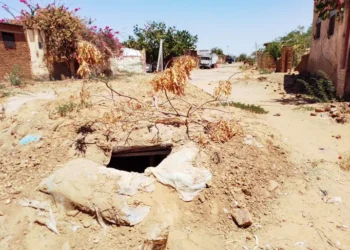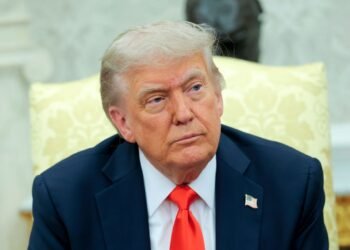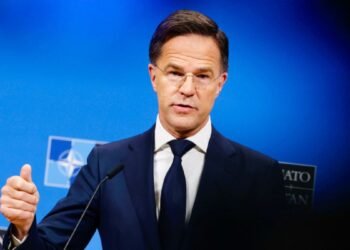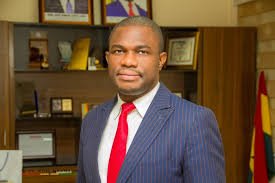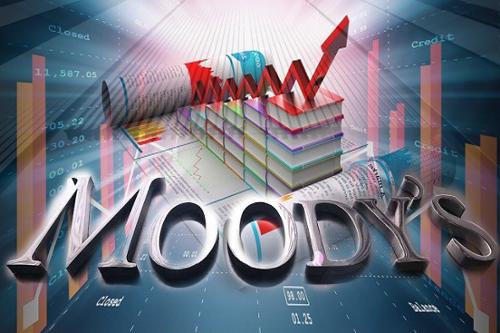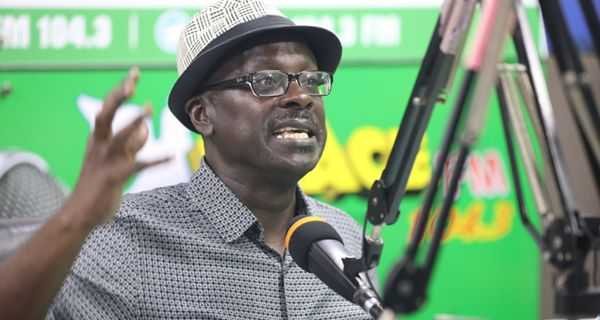The Board of the African Development Bank Group has approved grants of US$2.5 million to advance intra-regional harmonization of electricity regulations.
This initiative is intended to drive cross-border power trading in the regions of the Community Market for Eastern and Southern Africa (COMESA) and the Southern African Development Community (SADC).
According to the Bank Group, US$1.5 million was offered to COMESA and US$1.0 million to SADC, will be sourced from the African Development Fund, the Bank Group’s concessional financing window.
Meanwhile, the projects will be implemented through the Regional Association off Energy Regulations for Eastern and Southern Africa (RAERESA), and the Regional Energy Regulators Association of Southern Africa (RERA), the Bank Group indicated.
Regarding the specific projects the funds will support, the Bank highlighted that it will fund technical assistance to promote the development and adoption of regional electricity regulatory principles.
Furthermore, it aims at enhancing capacity to monitor utility performance across the region, conduct a cross-border analysis of electricity tariffs, and develop a centralized database management system in both blocs.
Commenting on the two projects, Mr. Elijah Sichone, Executive Director of indicated:
“These two projects will be implemented through a combination of studies, capacity building and development of tools with the objective to facilitate the harmonization of regulatory frameworks across SADC and COMESA regions to enhance electricity trade among SADC member states as well as improve access.”
Mr. Elijah Sichone, Executive Director
In addition, Dr. Mohamedain Seif Elnasr, Chief Executive Officer, RARESA remarked: “These Projects will contribute to ensuring that soft infrastructure requirements for the development of a regional power market are addressed to complement investments in hard infrastructure that the Bank and other development partners are making in the region.”
State of Electricity Access in COMESA and SADC
Moreover, the percentage of the COMESA population with access to electricity is averagely 60 per cent, but projections indicate that it will be around 80 per cent by 2040.
Meanwhile, it is evident that the COMESA region has a great potential of untapped energy potential. Accordingly, these include hydropower in the Democratic Republic of Congo and Ethiopia, as well as solar, wind and geothermal reserves in Kenya and Uganda.
This notwithstanding, the COMESA region is faced with vast inadequacies in infrastructure, uncompetitive electricity tariffs and an overreliance on traditional fuel sources such as wood and charcoal.
Inarguably, between the two regions, SADC has the highest generation capacity of all African regions, albeit it lags in terms of access and ample water, biomass, solar and wind energy potential energy access with the bloc. This is partly attributed to the inadequate regulatory environment, a need for new infrastructure and an overreliance on coal and hydropower.
That said, the Bank Group indicated that both projects align with three of its High-5 strategic priorities: Light up and Power Africa; Integrate Africa; and Industrialize Africa.
Both projects also align with the Bank’s Regional Integration Strategic Framework (2018-2025) and the Southern Africa Regional Integration Strategy Paper 2020-2026, particularly the infrastructure connectivity theme.
READ ALSO: Ghana’s projected oil production increase to 500,000 barrels per day by 2024 likely to delay




